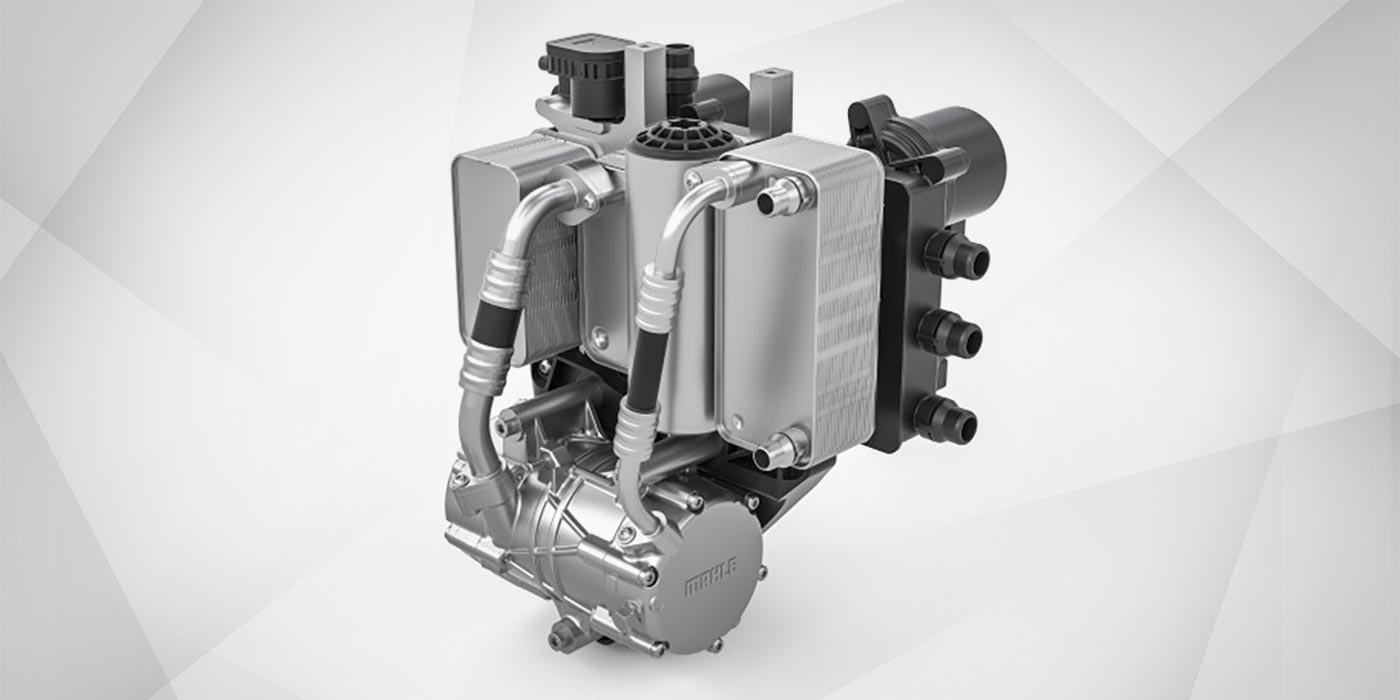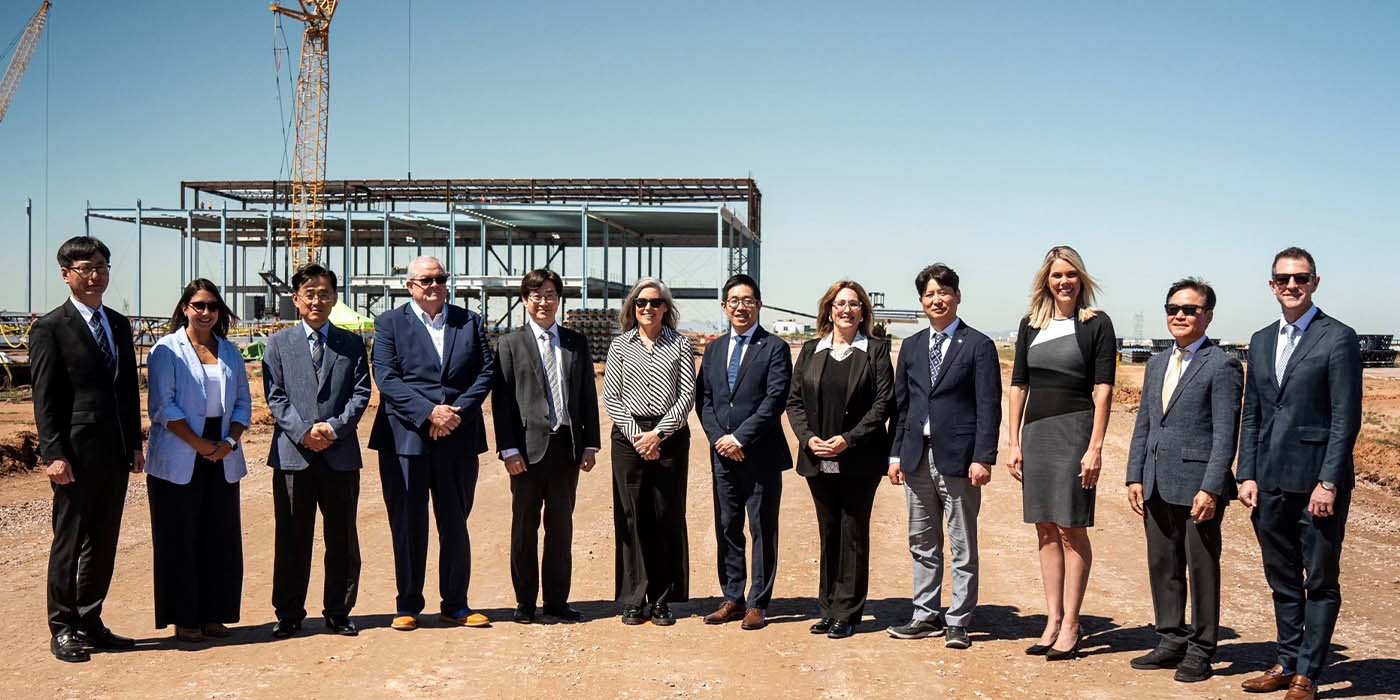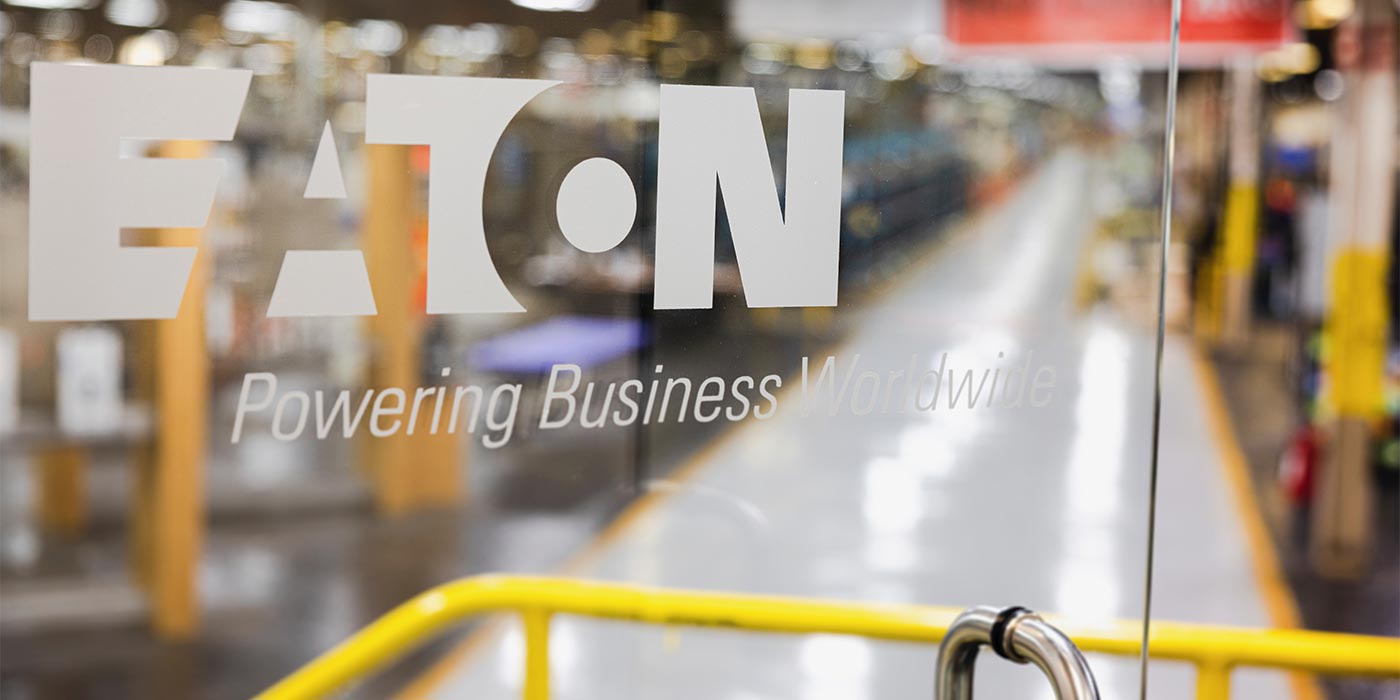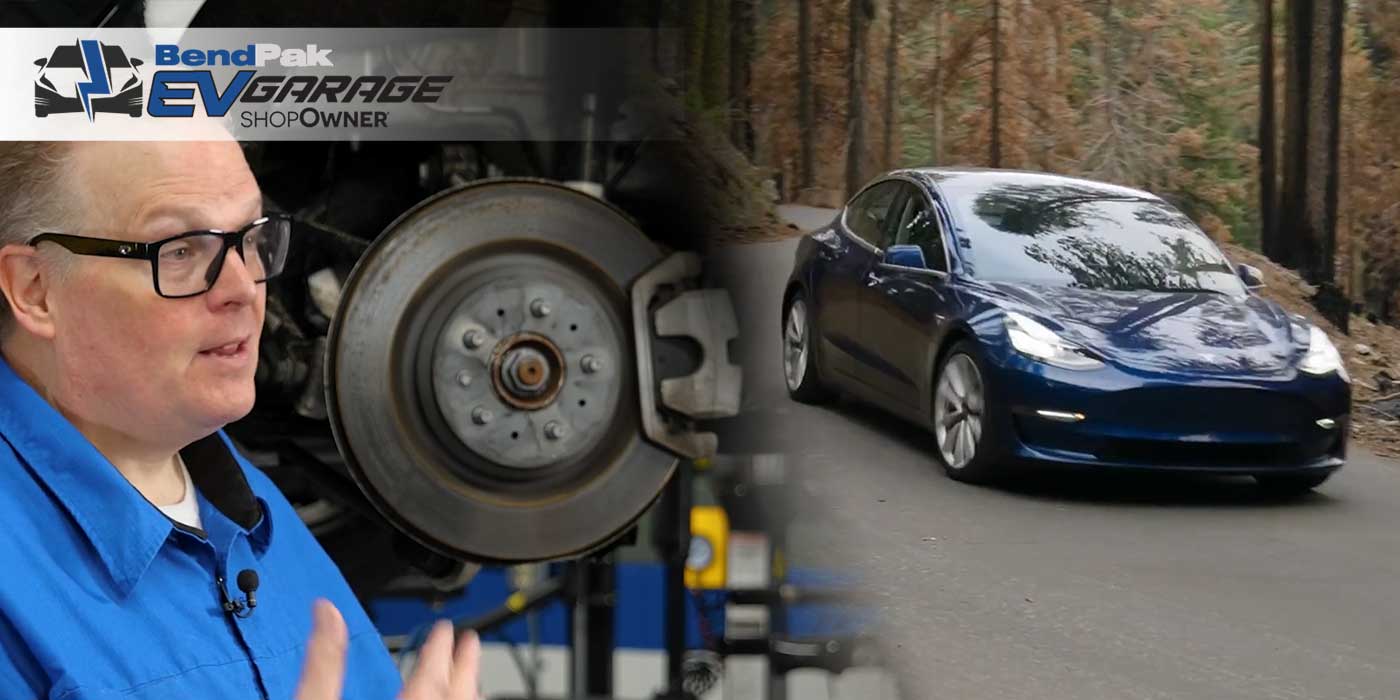This week we’re coming to you from Detroit, as our friends at Sono Motors have invited us to be among the first American journalists to experience the Sion, a solar-powered electric car being developed for the masses.
This car features some outside-the-box thinking and technology behind its design, and I think you’re going to find this really interesting. Here are the bullet points:
- The Sion’s exterior is covered – literally just covered – in 456 seamlessly integrated solar half-cells with the goal of seeping up as much energy from the sun as possible. We’re talking the roof, the hood, the doors, everywhere.
- Sono says these cells can extend the Sion’s estimated 190-mile battery range by an average of 70 miles per week in typical weather conditions and by as much as 150 miles per week in optimal conditions. The company’s founder says the goal is to cover the daily average distance driven by a commuter – which he says is about 10 miles per day in European cities, and roughly 15 miles per day in big U.S. cities.
- One huge expected benefit of the Sion over many other EVs on the market is that it’s bidirectional charging is capable at up to 11 kW. Essentially, what this means is that a Sion driver can turn the car into their own, personal, solar “power plant” that can charge devices, other EVs, or even put energy back into private or public energy grids.
- And, Sono is releasing the Sion with an expected retail price tag of approximately $25,000. Not bad!
Production on the Sion is expected to start in the second half of 2023, and the company hopes it will have just over a quarter-million Sions produced within seven years.
Now, the Sion isn’t the only solar product this German company has to hang its hat on. During the event Sono was also talking about its new Solar Bus Kit, which is a solar retrofit solution optimized for 40-foot public buses, which are commonly used in Europe. Sono says with this retrofit, you can expect to save up to 400 gallons of diesel per bus, per year.
So, after I had the opportunity to check out the car and talk with some of the company’s engineers, I spotted the company’s CEO and founder, Laurin Hahn, and he agreed to an interview to answer some of my burning questions, like how the overcast skies in Detroit that day would affect the car’s solar abilities.
Initially, this car will be available only in Europe, but this U.S. tour – where Sono brought the Sion to six high-profile cities like New York, Boston and L.A. – shows some promise that Sono at least has an eye and some interest in the North American market.
Just another note on those solar panels covering the car, too: Sono Motors has about 30 patents filed or granted sunk into those puppies, and so part of what makes them so unique is the fact that the company figured out a way to integrate these solar wafers into polymer, rather than glass, which you might see more traditionally. That’s what gives Sono the flexibility to integrate these solar panels almost anywhere they want, all over the car. If you want to know more about the in-depth R&D behind those solar panels, you can find a video where I speak with Sono Motors COO Thomas Hausch here.
Despite this, Sono Motors is fighting to keep the Sion alive
Sono Motors CEOs Jona Christians and Laurin Hahn released a public statement Dec. 8 explaining Sono’s financial struggles with its Sion solar EV program. To keep the company’s plans for the car alive, Sono has launched a 50-day campaign dubbed “#saveSion,” asking its over 21,000 reservation holders to commit to a solar EV purchase to help get the Sion into production mode.
Early participants will receive a discount of up to 3,000 euros (approx. $3,200) on their vehicle’s final price, and payments must be made only in the event the campaign is successful. On top of that, campaign supporters can receive a fixed vehicle waiting list number. Reservations can only be made by people in Europe. Sono won’t accept reservations from people in the U.S.
“This would not be the first time that our community plays an integral role in moving the Sion along on its path to production,” Sono said in the announcement. “But back in late 2019 when we did a crowdfunding campaign, the situation was completely different. The Sion was at a much earlier stage, the Sono Motors brand was significantly less established, and we had not yet built the solar B2B business pillar. That being said, we still collected more than 50 million euro in payment commitments in just 50 days from our community across the globe.”
If the company is not successful, it will turn its focus to its B2B solar business offerings.
“If we cannot complete the campaign, we intend to focus on our attractive solar B2B business, which is significantly less capital intensive,” Sono said in the announcement. “We believe our current and expected liquidity of $55 million and the resources we have on hand would enable us to successfully pivot to ‘solar only’. So, this time it’s not about Sono Motors’ future, it’s about the future of the Sion. It’s about proving to the world that change is both needed and wanted.”













